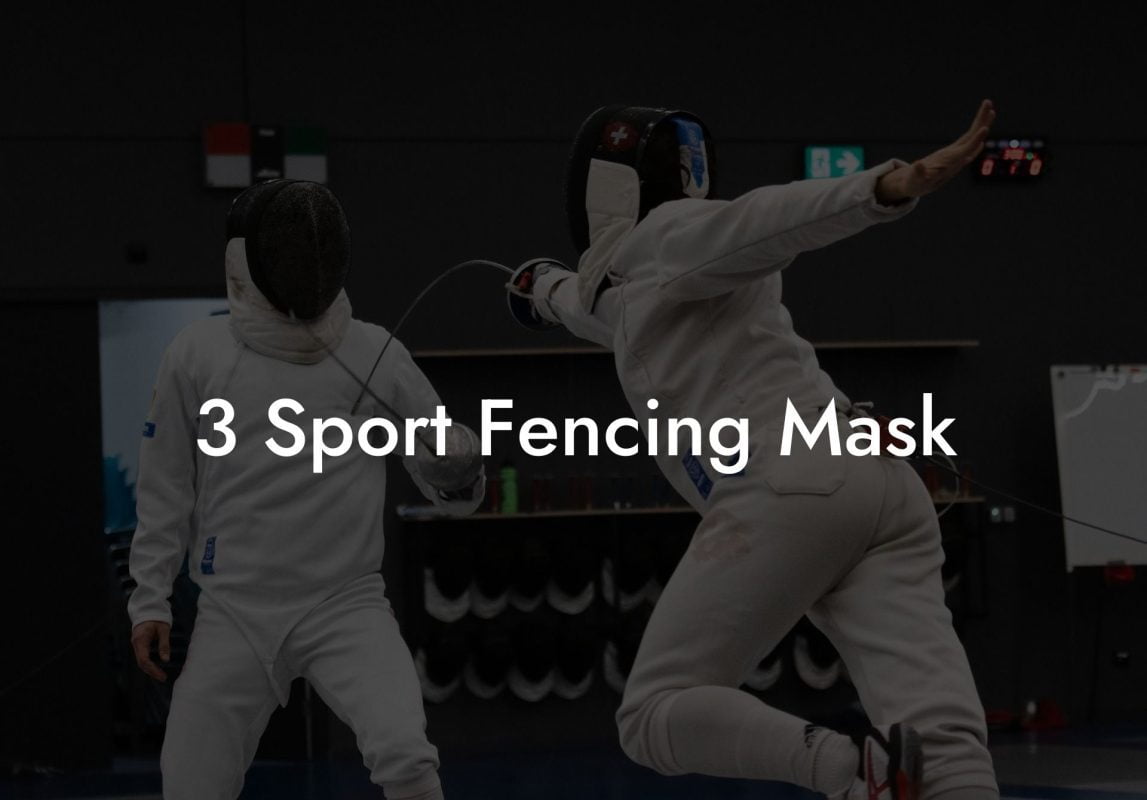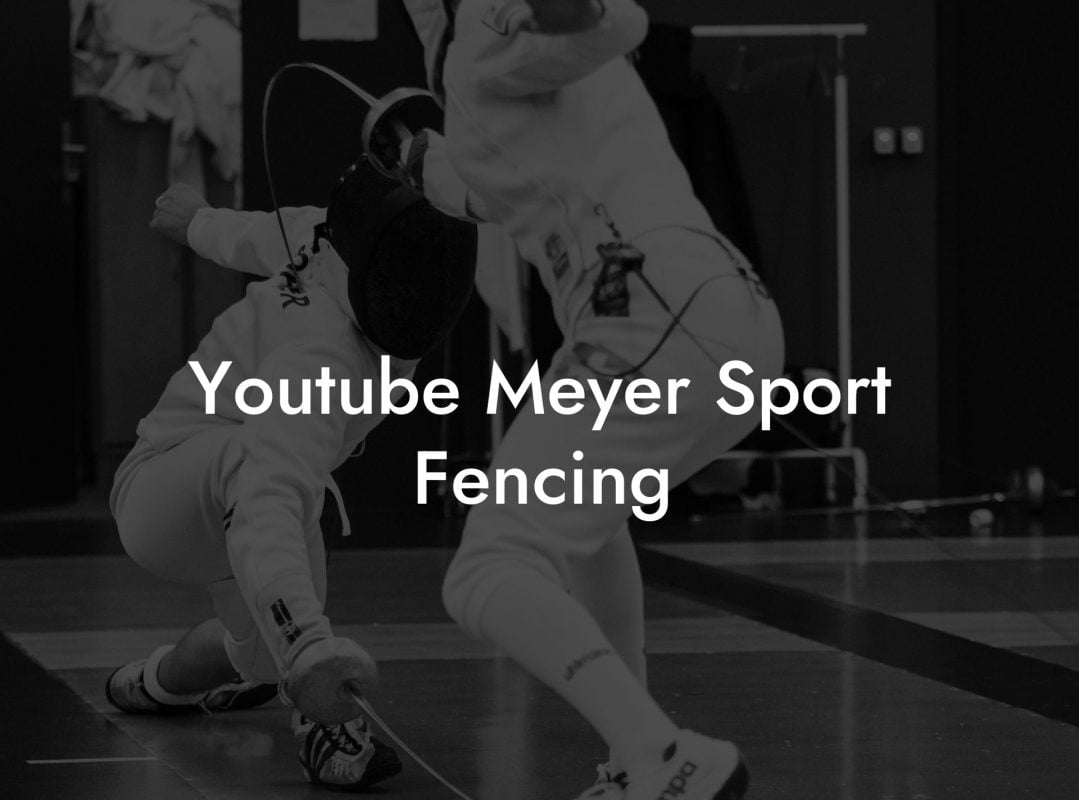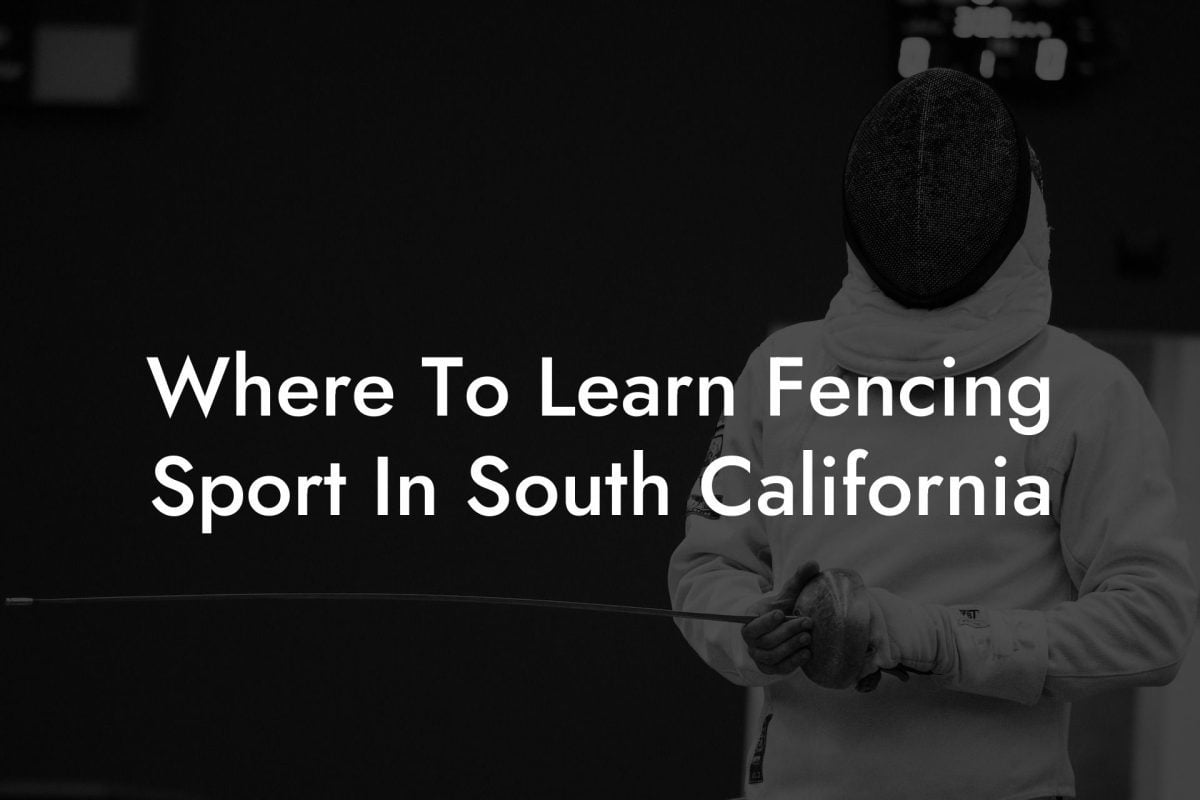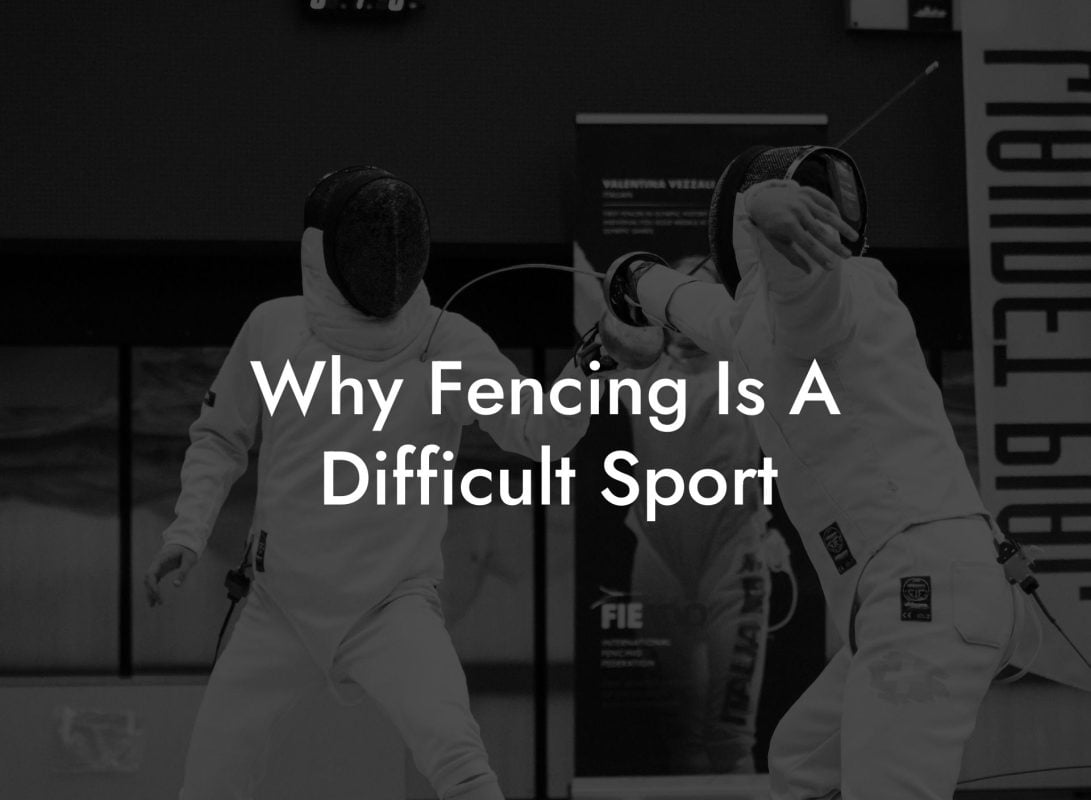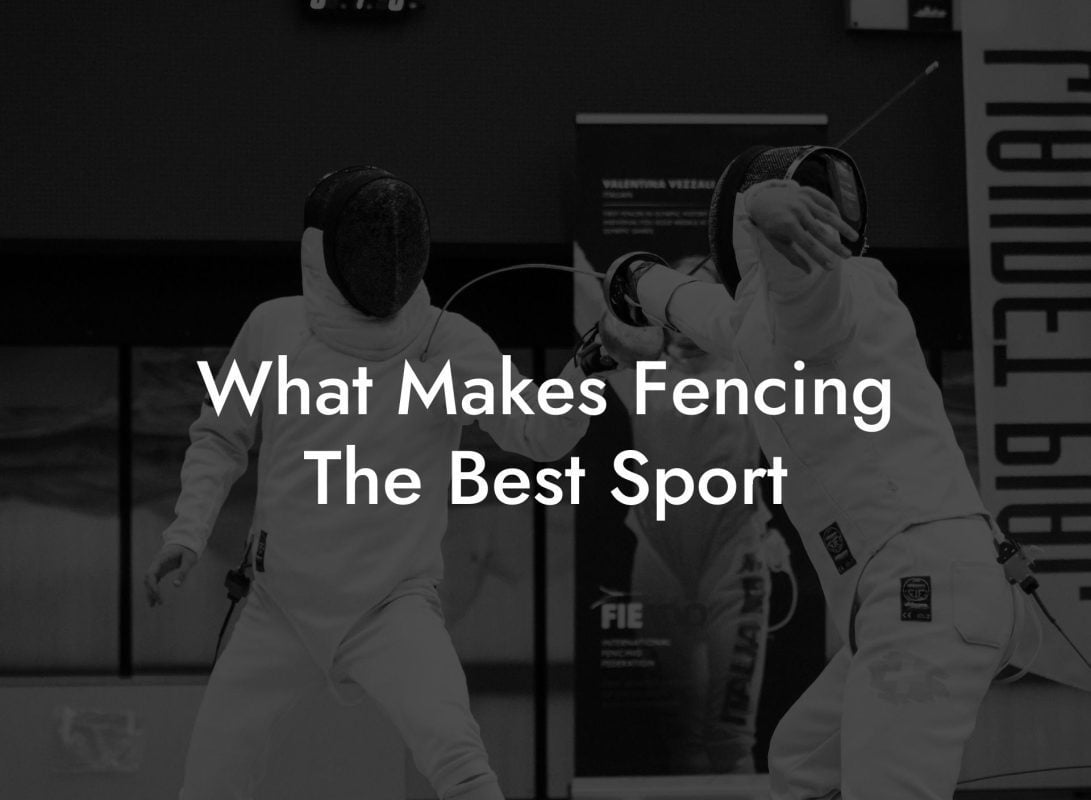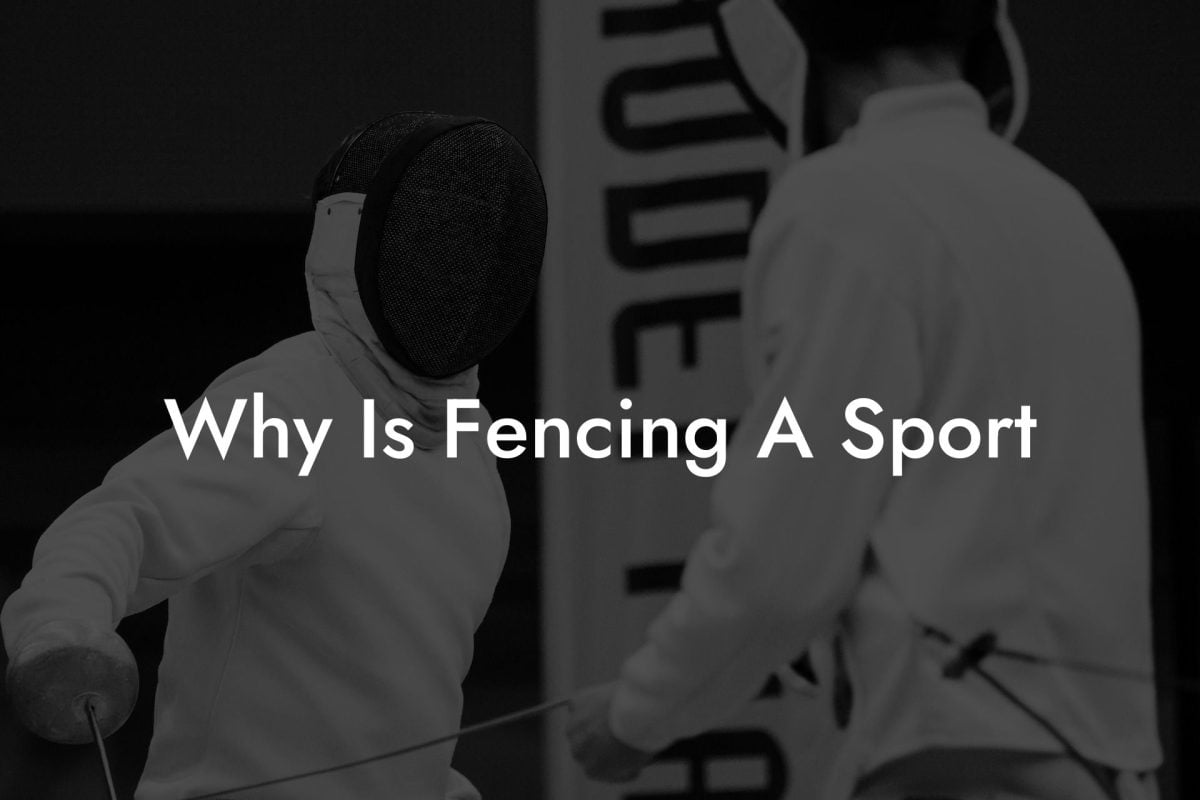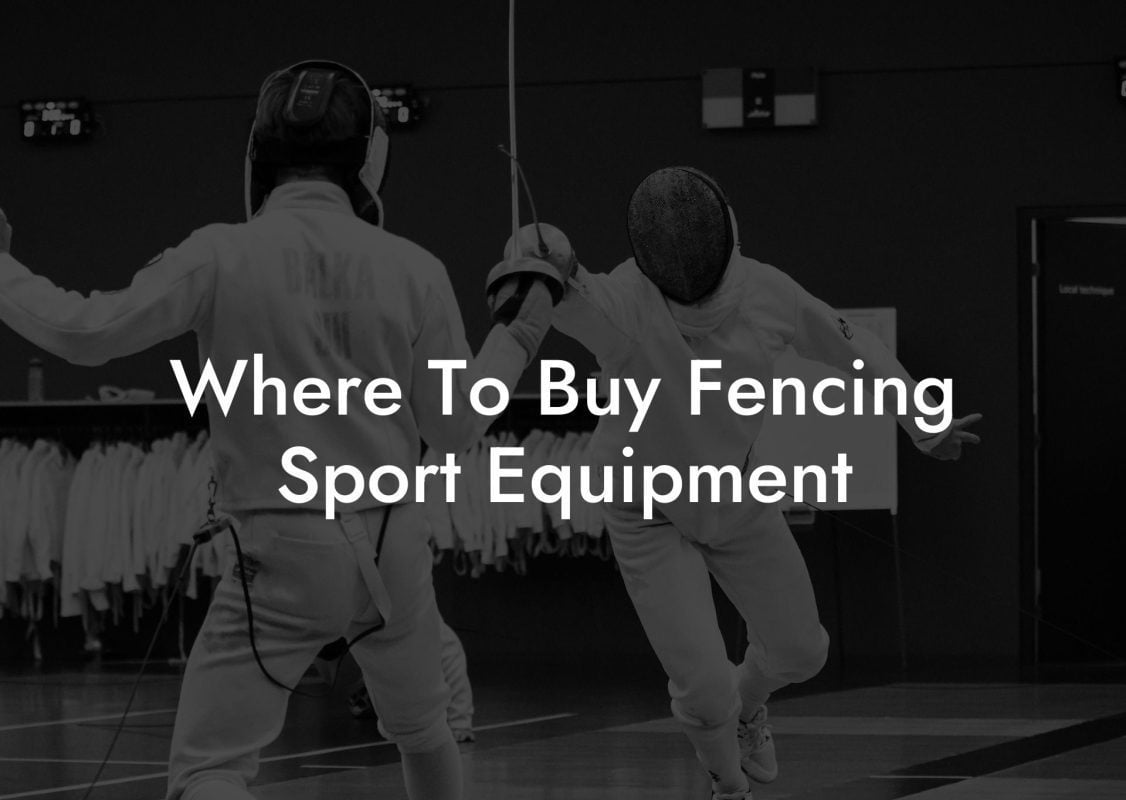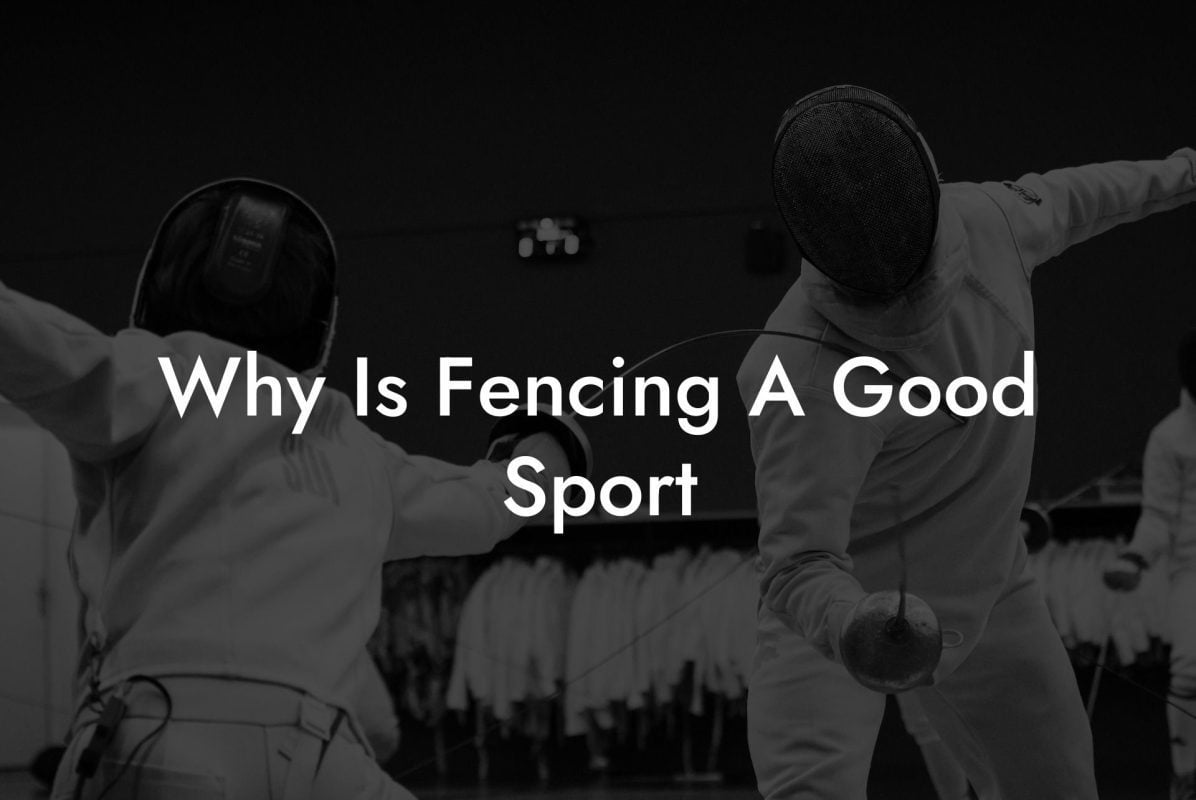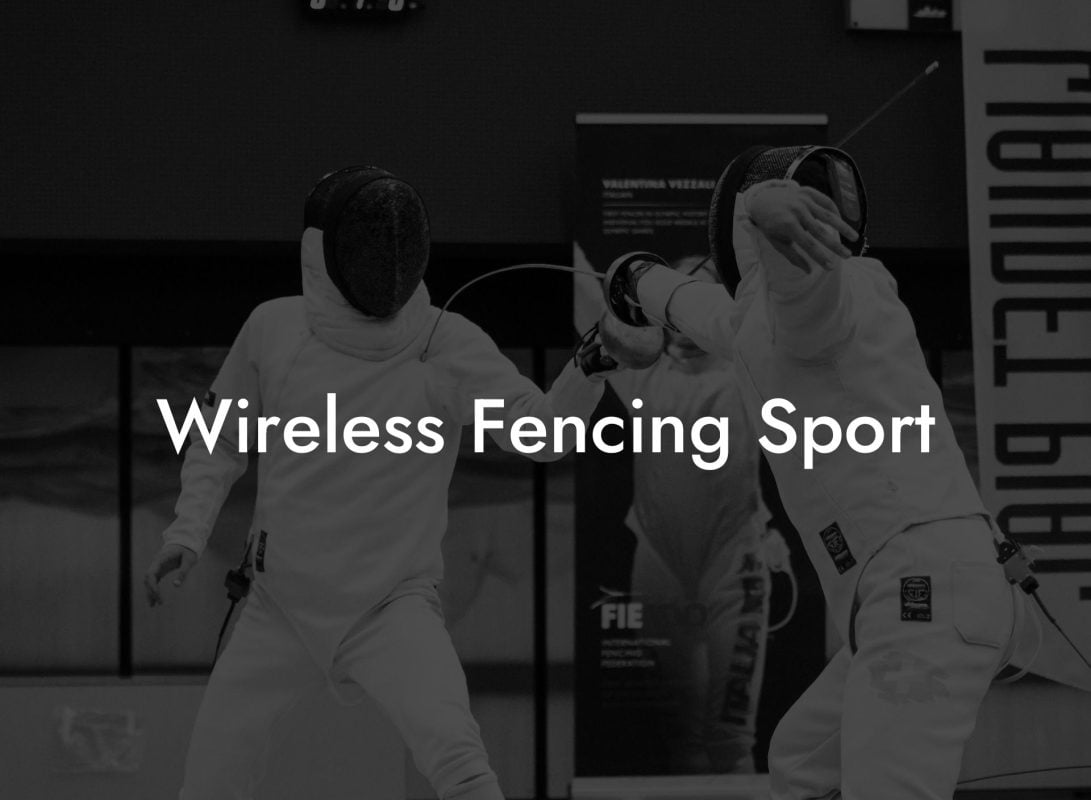Discover the exciting world of sport fencing! From understanding the different types of fencing weapons to mastering the basic techniques and rules, this comprehensive guide will help you dive into the fascinating and competitive sport of fencing. Welcome to the thrilling journey of self-discovery, discipline, and camaraderie that awaits at the Anchorage Fencing Club.
Sport Fencing Table of Contents
What is Sport Fencing?
Sport fencing, often simply referred to as fencing, is a modern Olympic sport that involves two opponents trying to score points by striking each other with bladed weapons. It is a sophisticated and physically demanding sport that has its roots in ancient swordsmanship. Sport fencing combines agility, precision, and strategy, requiring both physical and mental prowess.
The Three Types of Fencing Weapons
- Epee - With a three-sided blade, the epee is the heaviest of the three weapons. In epee fencing, the entire body is a valid target area, making it the most strategic weapon. Points are scored with hits using the tip of the weapon only.
- Foil - The foil is a lighter, more flexible weapon with a rectangular blade. The target area in foil fencing is restricted to the torso, including the back, but excluding the arms and legs. Points are scored by hitting the opponent with the tip of the weapon. Touches can only be made after establishing "right of way" or having priority, a concept that adds tactical depth to foil fencing.
- Sabre - The sabre has a flexible, curved blade used for both cutting and thrusting. In sabre fencing, the target area includes the entire body from the waist up, including arms and head. Sabre fencing is characterized by fast, aggressive movements and dynamic exchanges between the fencers.
Basic Techniques and Movements
Fencers need to master a set of basic techniques to be successful in sport fencing. These techniques include:
- On-guard position: The starting stance for all fencers, providing balance and readiness for attack or defense.
- Advance and retreat: The fundamental footwork used to close and create distance between fencers. An advance moves the fencer forward, while a retreat moves them backward.
- Lunge: A sudden, fast movement forward used to reach the opponent and score a hit.
- Parry: A defensive movement to block an opponent's attack.
- Riposte: A swift counterattack following a successful parry.
Fencing Equipment and Safety Gear
In order to participate in sport fencing, you'll need the following basic equipment:
- Mask: A protective helmet with a steel wire mesh to protect the fencer's face and neck.
- Jacket: A padded and protective garment worn to cover the torso and arms.
- Glove: A grippy glove worn on the weapon hand to secure grip and provide wrist protection.
- Plastron: An underarm protector to shield the weapon arm from hits.
- Breeches: Fencing pants that protect the lower body and provide flexibility for movement.
- Socks and Shoes: Long socks and specialized fencing shoes for support and traction.
- Weapon: The choice of epee, foil, or sabre, depending on the preferred fencing discipline.
Sport Fencing Example:
Imagine participating in a competitive foil bout. You start in the on-guard position, keeping your distance from your opponent as you both search for the opportunity to attack. Your opponent suddenly lunges, attempting to strike your torso, but you quickly parry their attack before launching a swift riposte, successfully landing a hit. The tactical gameplay and physicality of sport fencing exhilarate both the fencer and spectators alike, offering a thrilling experience for all involved.
We hope this article has piqued your interest in the world of sport fencing. Fencing is both a physically and mentally rewarding sport that allows for constant growth, self-improvement, and camaraderie on and off the piste. At the Anchorage Fencing Club, we're here to help you attain your fencing goals and discover your passion for this engaging, challenging, and rewarding sport. If you found this guide helpful, please feel free to share it with your friends and explore more articles on the Anchorage Fencing Club blog.



